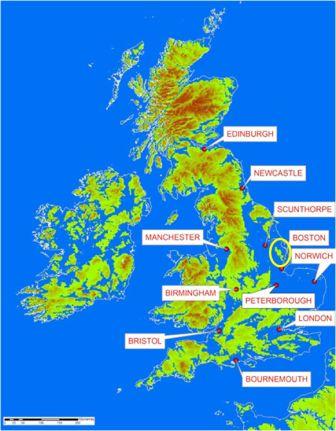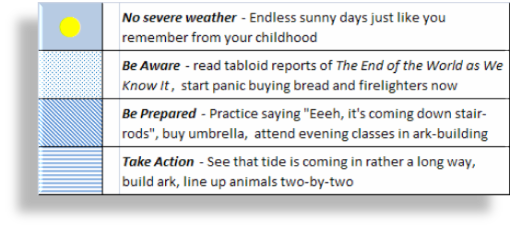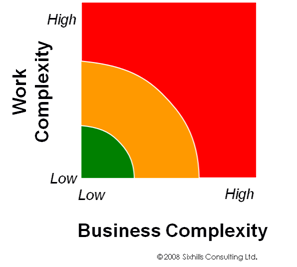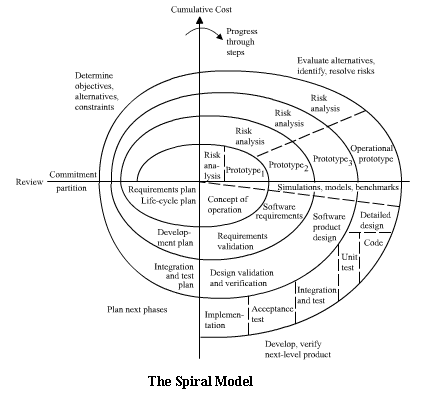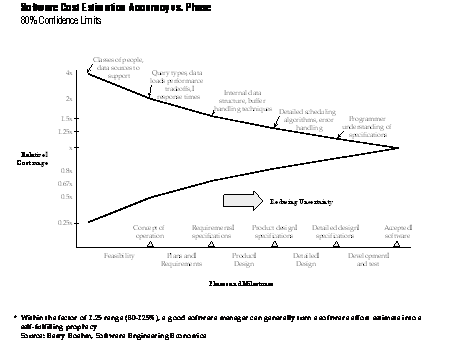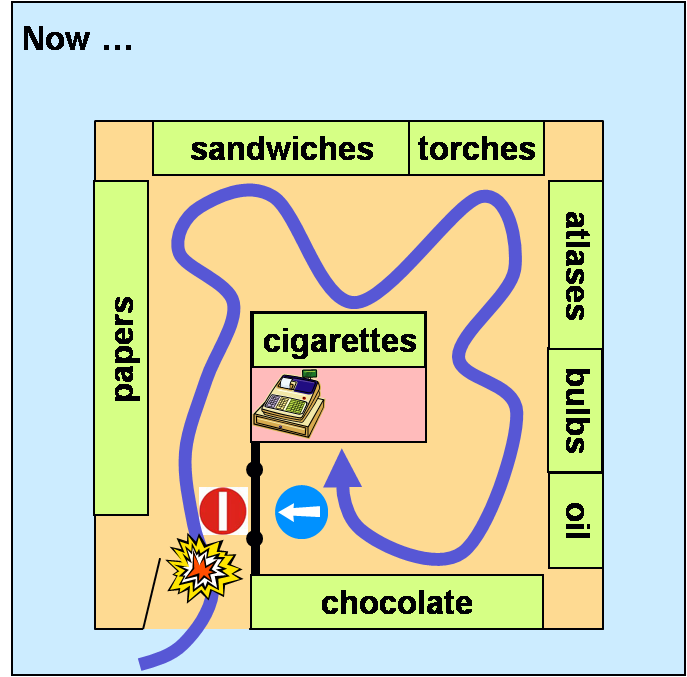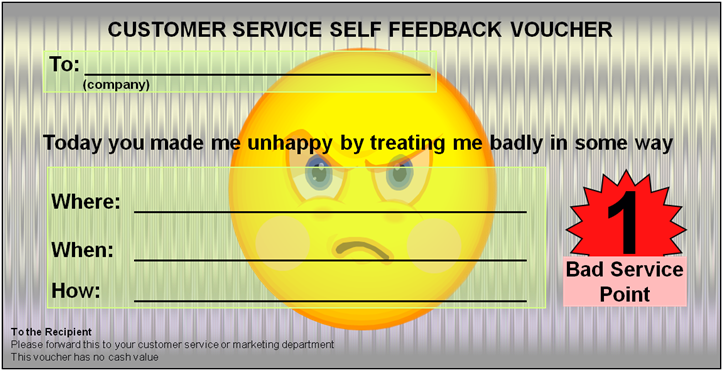First an earthquake, now a White Easter, if I were superstitious, I should be expecting some further meteoro- geo- or otherological event to be coming up soon.
The snowy countryside is certainly pretty…

..but maybe it could presage the inundation of the low-lying lands by the rising seas.
In that event, the Lincolnshire Wolds where I live (ringed in yellow on the map below), would become an island off the east coast of South Yorkshire.
Almost serendipitously, I read that the Met Office launched its new “traffic light” severe weather warning system, which was rushed out a day early to announce the snow-storms over the weekend.
I am sure that traffic light afficionados, highways engineers, and railway signalling engineers all over the country will be grinding their teeth because it really is nothing like a proper traffic light at all. It does have the good old red and green, which do not work for the one in 10 red-green colour blind men in the population, but bizarrely, it has both yellow and orange aspects, just to confuse the other 90% of the population. Very democratic, but not very ergnonomic.
My wife and I have been telling the neighbours for some time that we are going to build a jetty at the end of the lane and park a boat there ready for the floods. So in anticipation of the Deluge, and our future status as island dwellers, it seems an appropriate moment to take a leaf from the Met Office book and create a localised version of the Severe Weather Warning System, below. The legend is helpfully mostly coloured blue…

